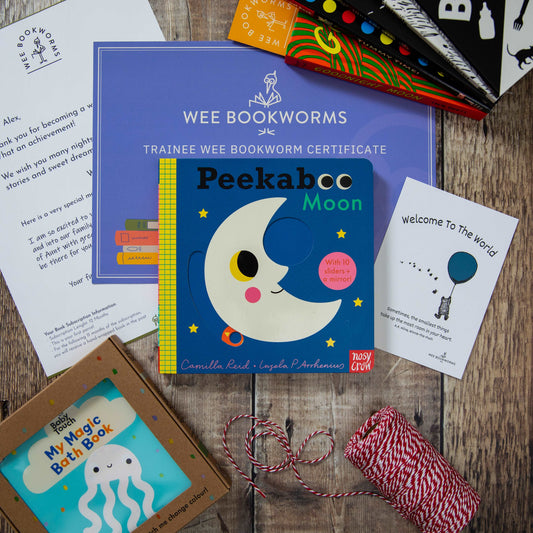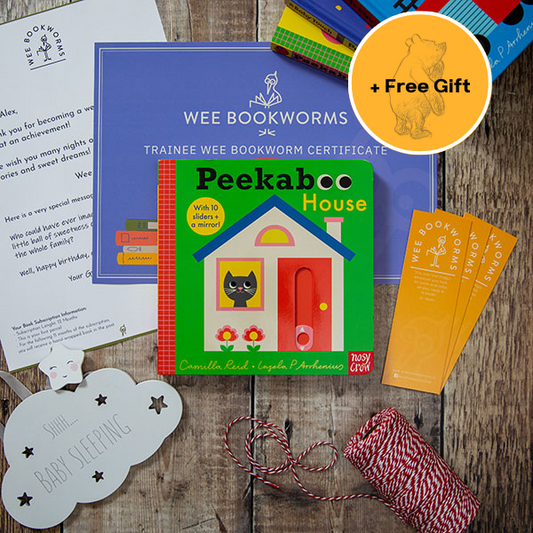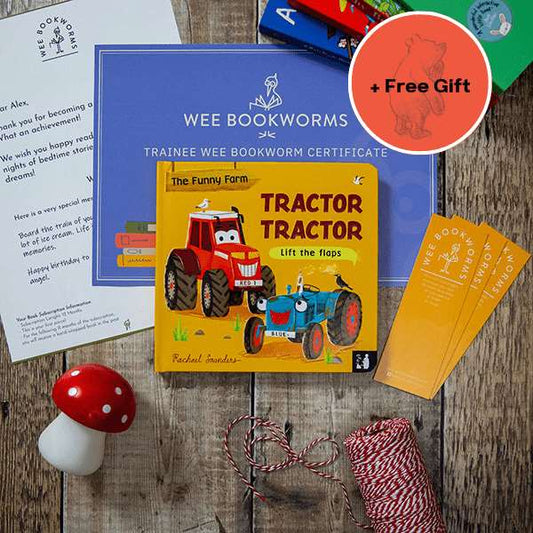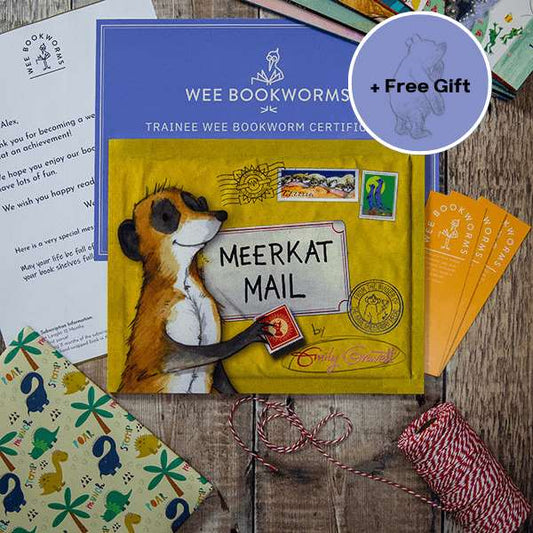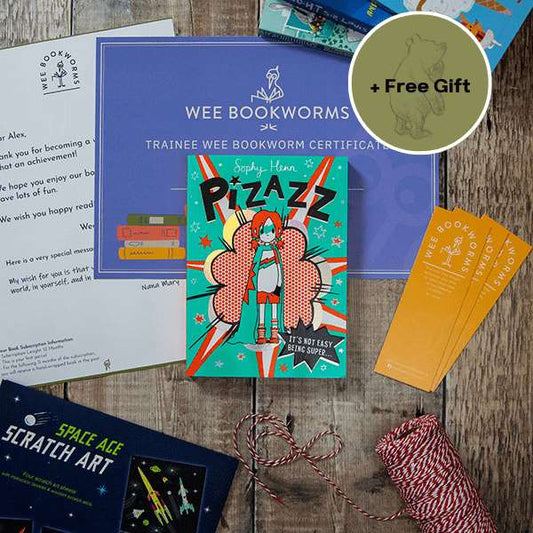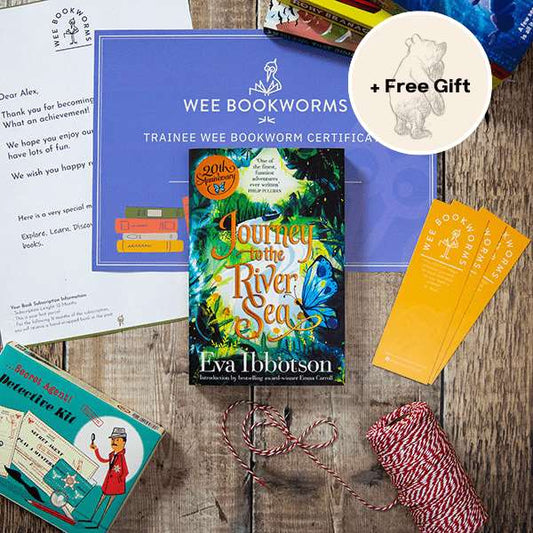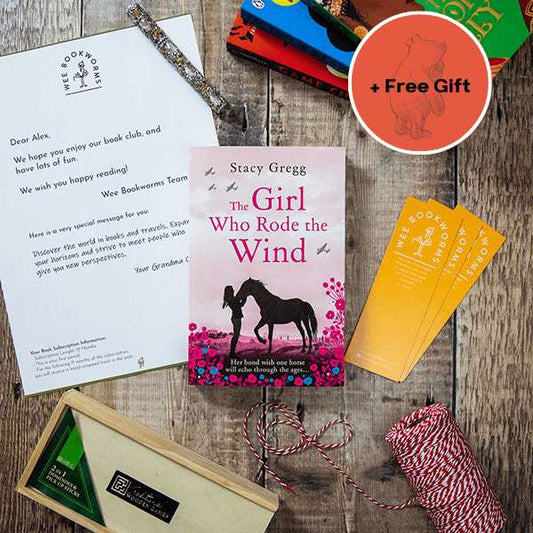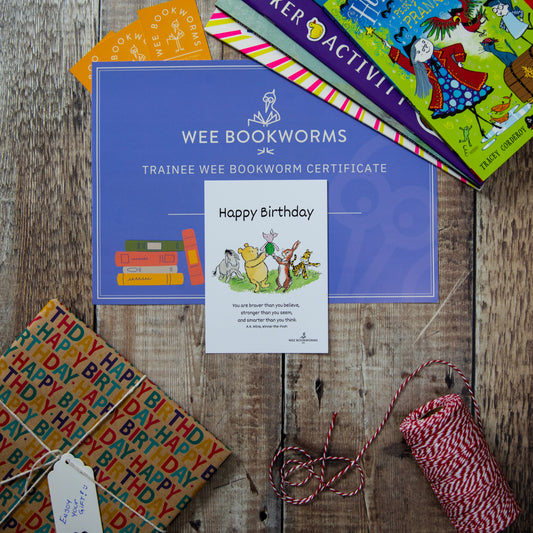A little book recipe!
What makes a good children's book? This question preoccupies many children’s book authors-to-be and also published ones. And, to be honest, this question always holds me back from writing a children’s book myself. What is the recipe? What are the essential ingredients? When I consider these questions, I also often think about my favourite books when I was a little one… An important ingredients were lots of adventures. I mean, who doesn't like a plot line full of obstacles? I also loved books that would take me far away from home… I loved books that were a little crazy too such as Dahl's Matilda. And, to be honest, although I did read fantasy novels now and then, I was not the biggest fan of them. As a 12 year old I preferred historic novels and (maybe two years later) love stories. And as I said, the characters would need to have great adventures!
Perhaps you preferred completely different genres. Perhaps fantasy books were your favourites or you loved comedy books…. Basically, we all have different interests and therefore it is impossible to write a book that will automatically become every child's favourite. Kids have different interests and different ideas of what makes a good book. Of course, it also depends on their age, perhaps on their gender and many, many other factors.
One thing I would like to add to this at this stage is that (to me) a good children's book is also one that can be enjoyed by adults.
There is no definite recipe for what makes a good children’s book but there are a few ingredients that should be part of the mixture.
For our Wee Bookworms Book Subscriptions, we are always on the lookout for great stories!
From a reader’s point of view
Not every book needs a moral lesson. For adults a good children’s book is often one that has a moral underlying message or a social value, perhaps whilst discussing themes and ideas that are of importance. But that’s not a must!
Capture children’s attention. For children, books need to be magical, they should promote their imagination and show them that anything is possible. They only have to put their mind to it. Keyword: positive message!
Emotions. This may sound a little odd but, in my opinion, we know a book is good when we can ‘feel’ its messages. What I mean is that children will feel some form of emotional connection to the story or to the characters or/and the illustrations. For example, every time when I read ‘Little Women’ I strongly associate with Jo. I read this novel for the first time when I was only 15 years old but even now, after all this time, I still feel a little bit like Jo. Keyword: Emotional connection!
Laugh out loud moments. What else have I not mentioned? Oh yes, one of the most important ingredients in a lot of children’s books: humour! Funny stories, such as 'Captain Underpants', are very popular because they are super entertaining. And you know what, there is nothing wrong with that. It is absolutely fine when a story is ‘just’ funny and only has limited educational value. When I take a glance at my own bookshelf, I can honestly say that I do love the occasional ‘summer read’ that is light-hearted, fun and simply entertaining. I don’t want to read Virginia Wolf’s ‘To the lighthouse’ every day, although it is one of my favourites. So, what I’m trying to say is that there is nothing wrong about loving a book that is purely entertaining! Sometimes that’s just what a child needs and sometimes it is just what we also want to read.
From an author’s point of view
Some ideas
Lewis Carroll (the author of Alice in Wonderland) once wrote an essay on writing for children. According to him, there are three paths a writer can choose from (of which two are good and one is bad). The bad path a writer may choose is the one, that leads to writing ‘stuff’ that society apparently wants. According to Carroll, another way of writing for children is by writing down a story, the writer had previously told a child. Although this is somewhat a similar path to the first one, Carroll explained that then you are not writing for children as a specific group in society, but you are writing for one child. Lastly, an author may perceive a children’s book as an ‘art-form’ and compose the story like a musician. In this case, you don’t need to know children at all. What Carroll is definitely pointing out to us is that writing for children isn’t easy. There is not (really) one right way of writing for children but there are different ones of which some may be better than others.
I suppose one could also argue that most authors nowadays write their books by setting one foot (or two feet) on each path. You may need a lot of feet but in our modern society everything is fast-moving, the more feet, the better.
Modern days. Of course, Carroll lived in different times without mobile phones, computers and TVs. So, what does the modern-day author need to keep in mind?
Target groups. Well, first of all you can’t write one book that appeals to every age group. Thus, it is important to know your target audience. How old are they? What is that age-group generally interested in?
Magic. One factor that is definitely of extreme importance is that the story itself and the characters are unique and relatable. Let’s think about two of the most successful children’s book characters, Peter Pan and Paddington Bear. Both stories have strong main characters that develop and change. These characters also can do unique things, they have unique ideas and magical adventures. In some ways uniqueness equals magic. So, a good children’s book needs colourful characters and magic!
It ain’t easy. Contrary to popular belief, children’s books are not easy to write! Why? Because the author has to convey her or his message in a few, simple words. The older the target group, the more words one can use. Most importantly, there has to be a good plot- so one needs a beginning, a middle and an end! Main characters also need to encounter obstacles along the way. Yes, it's a lot to think about.
What is it about? The theme or themes also have to be interesting. Let’s think about ‘The tiger who came for tea’. Although dinner time itself isn’t perhaps the most interesting topic, we have to admit that most people and above all most children, love food. So, for the age group that Judith Kerr aimed her Tiger story at (we are talking here about the 2-6 age group) food is a quite interesting and relatable theme. We all have been hungry before! For 3 year old toddlers dinner time might also be pretty interesting as they are still learning about different foods whilst, perhaps a 6 year old doesn’t care as much about dinner anymore. However, the driving force of Kerr’s story is the tiger (our magical main character) that joins a family for dinner. Keyword: Memorable characters, themes and a unique plot!
Beautiful illustrations. Especially for books that are aimed at younger children, the ART work is incredibly important. When you look at a famous picture book (grab an edition of 'Where's Spot?' or 'Mog and Meg') you will soon notice that the illustrations are not too busy. Illustrations have to carry and complete the story. At a first glance, art in books has to express (quite boldly) what is going on. In picture books it is all about showing and not only telling the story.


